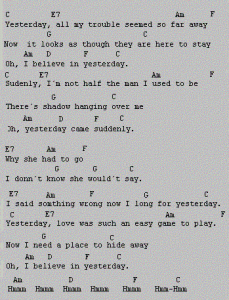The number of non-native English speaking students in the United States has increased drastically in the past years. According to the 1998/1999 Florida Department of Education ESOL report, there were limited English proficiency students (LEP) from 53 countries and 49 different languages in this writer’s county. Despite of the ever-growing ESOL population, national ESOL standards are still quite unclear for parents and some educators.
The NCTE – National Council of Teachers of English – Website clearly states the national standards for the English language arts. Nevertheless, standards for K-12 ESOL are not specifically addressed. Students whose first language is not English are mentioned in item number 10 of the standards’ list, which states that non-English speaking students make use of their first language to develop competency in the English language arts and to develop understanding of content across the curriculum. The vision guiding these standards is that all students must have the opportunities and resources to develop the language skills they need to pursue life’s goals and to participate fully as informed, productive members of society.
Continue reading


